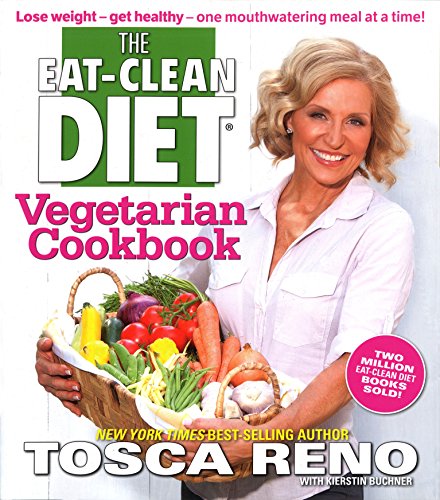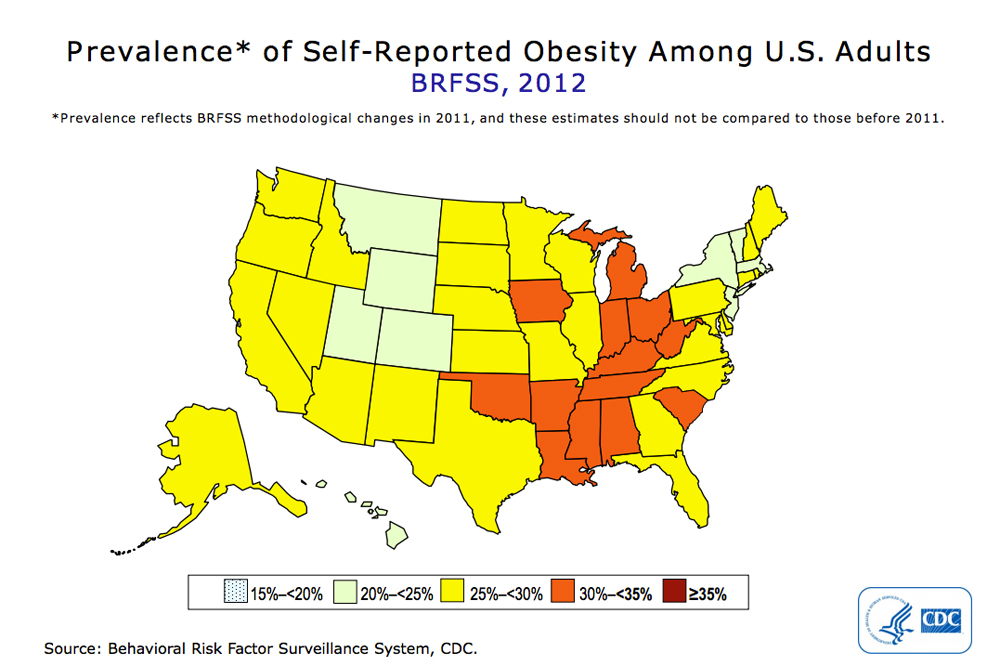
The food group chart contains seven main types of nutrition for the body: carbs; proteins; lipids; vitamins, minerals; fiber and water. Everybody should consume at least one of these nutrients on a daily basis to stay healthy and grow strong. Vegetables can be a poor source for protein so you should replace them with lean meats or fish. However, you may want to include legumes and uncooked grains as a protein source. These sources offer more protein than four to six per cent.
Children between the ages 10 and 11 may feel self-conscious or anxious about their appearance, and they might attempt to lose weight. It is crucial to teach them that not everyone is the same size. You should encourage your children to try foods from all five of the food groups. These foods are also low on sugar and saturated oil. Children should eat foods from all five food categories, since these are rich in vitamins and minerals.

The food group chart is not limited to these foods. In fact, many cultures have developed their own versions of the charts to incorporate their favourite foods. A dietary pyramid is a list of the five most common food groups. It includes the "A, B," C, C, D" and "D". These food groups should be included in your daily diet. The MyPlate website, as well as the food guide pyramid, provide lots of information about which foods are good for you and your overall health. The USDA website's food chart is the most beloved.
The best way to incorporate more fruits and vegetables into your daily diet is to make sure you get enough of each food group. To do this, you can look at the food Pyramid for each food type. There are many food groups that are rich in vitamins, minerals. For example, orange vegetables contain more vitamin A than white potatoes. You can get all of your nutrients in one meal by adding a portion of each fruit or vegetable to your daily diet.
The Food Guide Pyramid also shows how much of each type of food should be consumed daily and in what amounts. The food pyramid includes symbols for sugar and fat, as well as the recommended amount for each food group. The pyramid's most important component is fat and sugar. It is recommended that you limit your intake to 30% of your daily calories. You should include dairy and protein in addition to fruits, vegetables, and meat.

The food pyramid lists the diverse food groups that exist in the world. The food pyramid was created to help people eat different foods. Meat is an important source of protein in the US. It can also provide significant amounts of vitamin B12 and zinc. It is also important to choose the right types of meat for the specific age of your child.
FAQ
How can I tell what is good for me?
You must listen to your body. Your body is the best judge of how much exercise, food and rest you should get. It's important to pay attention to your body so you don't overdo things. Listen to your body and make sure you're doing everything you can to stay healthy.
What is the difference between a virus and a bacterium?
A virus is an organism microscopic that can't reproduce outside its host cells. A bacterium (or single-celled organism) reproduces by splitting itself into two. Viruses can be as small as 20 nanometers, while bacteria can grow up to 1 micron.
Viruses are spread via contact with infected bodily liquids such as urine, saliva, semen and vaginal secretions. Bacteria are usually spread through direct contact with contaminated objects or surfaces.
Viruses can get into our bodies through cuts and scrapes on the skin, bites, and other injuries. They can also penetrate the skin through the eyes, nose or mouth.
Bacteria can be introduced to our bodies by cuts, scrapes or burns. They can also enter our bodies from food, water, soil, dust, and animals.
Viruses and bacteria both cause illness. Viruses cannot multiply in their host cells. They can only infect living cells and cause illness.
Bacteria can cause illness by multiplying in the body. They can spread to other parts of our bodies. That's why we need antibiotics to kill them.
How does an anti-biotic work?
Antibiotics kill harmful bacteria. Antibiotics are used to treat bacterial infections. There are many types of antibiotics. Some can be taken orally, others are injected and some are applied topically.
People who have been exposed may be prescribed antibiotics. For example, if someone has had chicken pox, he or she might take an oral antibiotic to prevent shingles later on. For those with strep-thorphritis, an injection of penicillin could be administered to prevent them from getting pneumonia.
A doctor should give antibiotics to children. Children are more likely to experience side effects than adults from antibiotics.
Diarrhea being the most common side effect of antibiotics. Side effects of antibiotics include diarrhea, stomach cramps and nausea. These side effects are usually gone once the treatment is complete.
Statistics
- WHO recommends reducing saturated fats to less than 10% of total energy intake; reducing trans-fats to less than 1% of total energy intake; and replacing both saturated fats and trans-fats to unsaturated fats. (who.int)
- Extra virgin olive oil may benefit heart health, as people who consume it have a lower risk for dying from heart attacks and strokes according to some evidence (57Trusted Source (healthline.com)
- According to the Physical Activity Guidelines for Americans, we should strive for at least 150 minutes of moderate intensity activity each week (54Trusted Source Smoking, harmful use of drugs, and alcohol abuse can all seriously negatively affect your health. (healthline.com)
- nutrients.[17]X Research sourceWhole grains to try include: 100% whole wheat pasta and bread, brown rice, whole grain oats, farro, millet, quinoa, and barley. (wikihow.com)
External Links
How To
How to Live a Healthy Lifestyle
A healthy lifestyle involves living a healthy life that is able to maintain your weight, good health, and your fitness level. This lifestyle includes healthy eating habits, regular exercise, adequate sleep, and abstaining from drugs, alcohol, caffeine, tobacco and other harmful substances. A healthy lifestyle helps you stay fit and feel good about yourself. A healthy lifestyle can help reduce your risk of developing chronic diseases such as heart disease, strokes, diabetes, cancer and osteoporosis.
The goal of this project is to give a step by step guide on how to live healthier lives. The introduction is the first part of this project. This explains why healthy living should be encouraged and who it should help. Next, I wrote the body paragraphs. These include tips and tricks for maintaining a healthy lifestyle. Finally, I wrote the conclusion. This summarizes the entire article, and provides additional resources, if needed.
I was able to learn how concisely and clearly I could write my paragraphs through this assignment. I also learned how to organize my thoughts into topic sentences, and the supporting details. Moreover, I improved my research skills because I had to find specific sources and cite them properly. Finally, I learned how to properly use grammar when writing.